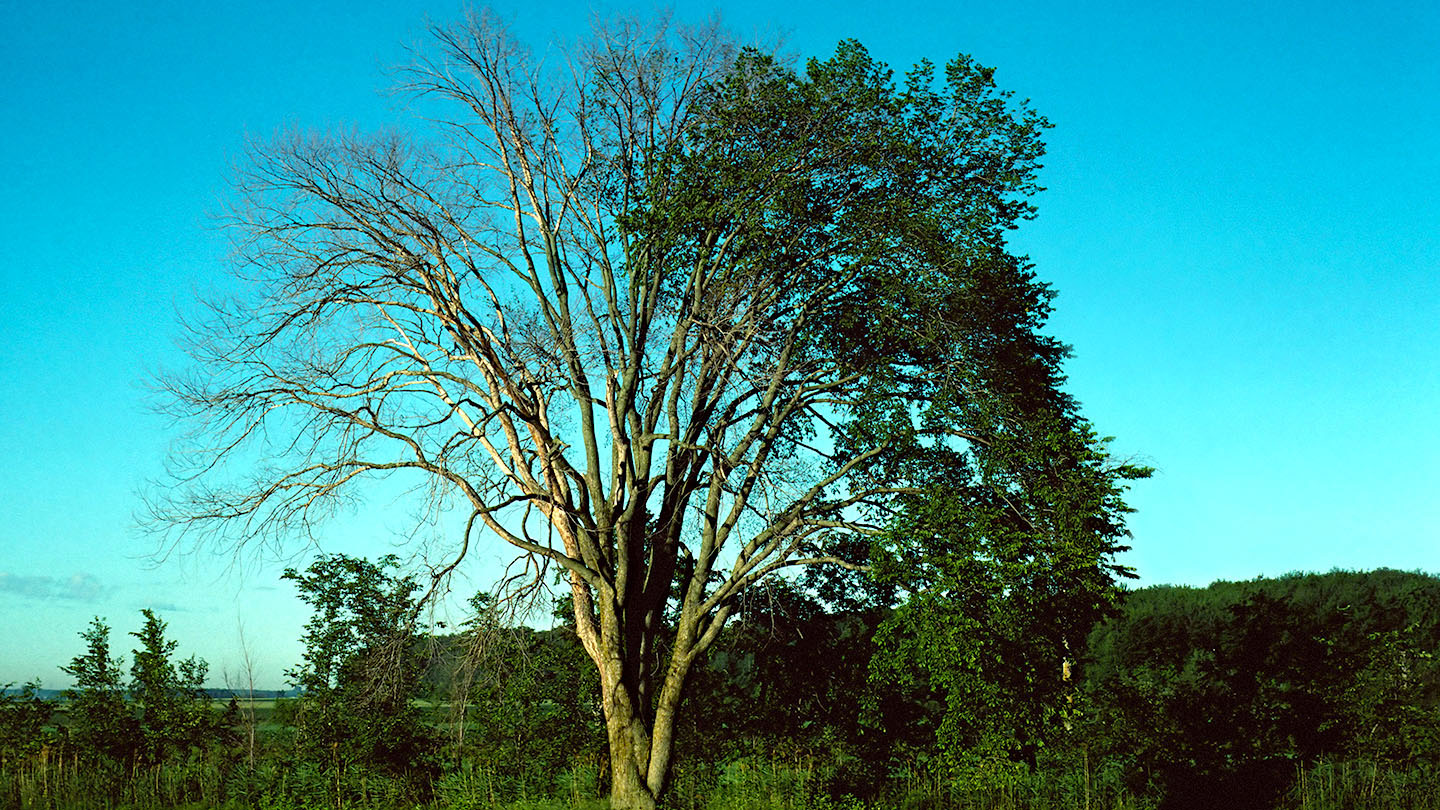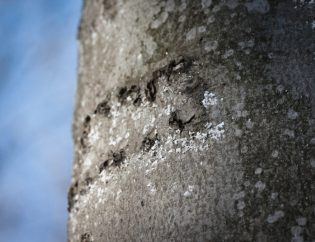
Understanding Dutch Elm Disease
Dutch Elm Disease (DED) is one of the most devastating tree diseases in the world, responsible for the widespread death of millions of elm trees, particularly in Europe and North America. The disease, caused by the fungal pathogens Ophiostoma ulmi and Ophiostoma novo-ulmi, has significantly altered urban and rural landscapes since the early 20th century. This blog provides an overview of DED, including its history, causes, symptoms, and prevention strategies.
History and Origins
The first documented outbreak of Dutch Elm Disease occurred in Europe in the early 1900s. Despite the name, DED did not originate in the Netherlands; it was first identified there by Dutch phytopathologist Bea Schwarz in 1921. The disease spread across Europe and was introduced to North America in the late 1920s, where it quickly became a serious threat to elm populations. By the 1970s, millions of elm trees had been lost in both continents, fundamentally changing many forest ecosystems and urban landscapes, where elms were once a dominant tree species.
Causes and Transmission
Dutch Elm Disease is caused by two closely related species of fungi, Ophiostoma ulmi and the more aggressive Ophiostoma novo-ulmi. These fungi are primarily spread by elm bark beetles of the genus Scolytus, which carry the fungal spores from infected trees to healthy ones. There are two main types of elm bark beetles: the European elm bark beetle (Scolytus multistriatus) and the native elm bark beetle (Hylurgopinus rufipes), both of which are common vectors in North America.
Transmission occurs when adult beetles feed on the healthy parts of an elm tree or when they lay their eggs under the bark. As the larvae develop, they tunnel through the tree, spreading the fungal spores. The fungus enters the tree’s vascular system, blocking the flow of water and nutrients, which ultimately causes the tree to wilt and die. Dutch Elm Disease can also spread through root grafts, where the roots of neighboring elms become physically connected.
Symptoms of Dutch Elm Disease
One of the first signs of DED is wilting or yellowing of leaves on one or more branches during the growing season. This is known as “flagging” and typically occurs in the upper canopy of the tree. As the disease progresses, the leaves turn brown and fall prematurely. Infected trees may show streaks of brown discoloration in the wood beneath the bark. Without intervention, a tree can die within one or two growing seasons after infection, although some trees may survive for longer periods with reduced health.
Prevention and Management
Preventing the spread of Dutch Elm Disease requires a combination of proactive measures, including monitoring, sanitation, and tree care.
- Pruning and Sanitation: Dead or dying branches should be pruned regularly, and any infected wood should be properly disposed of by chipping or burning to prevent the beetles from breeding. Avoid pruning elms during the beetle’s active season (spring and early summer), as open wounds can attract beetles carrying the fungus.
- Chemical Control: Fungicide injections can be an effective preventive measure for high-value elms. These injections are not a cure but can protect trees from infection for a few years. Regular treatments may be required in areas with high beetle populations.
- Insect Control: Controlling the elm bark beetle population is crucial in slowing the spread of DED. Insecticides can be applied to the bark to kill beetles before they have a chance to enter the tree.
- Resistant Elm Varieties: In response to the widespread devastation, several DED-resistant elm varieties have been developed, including hybrids such as the ‘Princeton’ and ‘Valley Forge.’ These trees are more tolerant to the disease and are being used in urban reforestation projects.
Dutch Elm Disease remains a significant threat to elm trees, but ongoing research and management strategies provide hope for the future. By implementing vigilant monitoring and preventative measures, communities can protect existing elm populations while exploring resistant varieties for replanting efforts. The loss of so many elms has forever changed the landscape, but with sustained efforts, it’s possible to restore some of the beauty and shade that these trees once provided.

